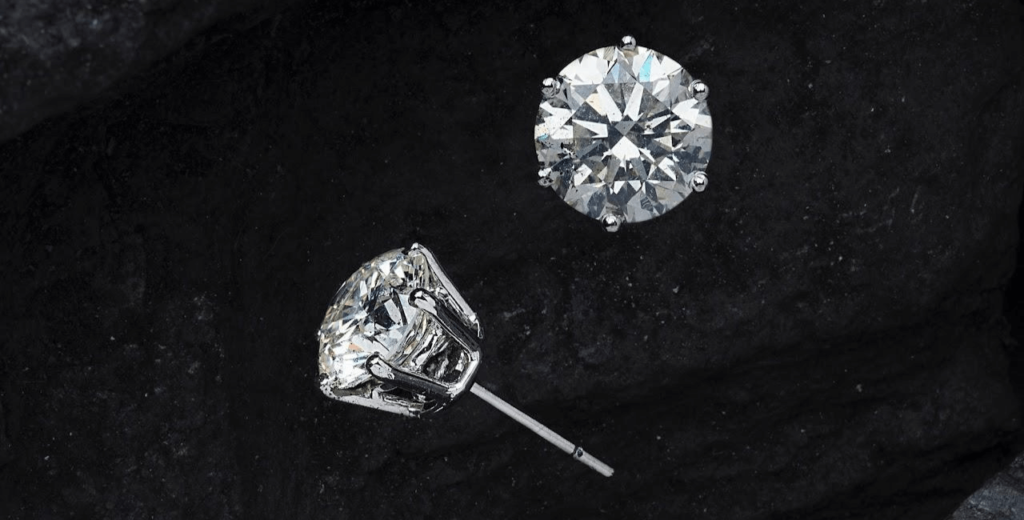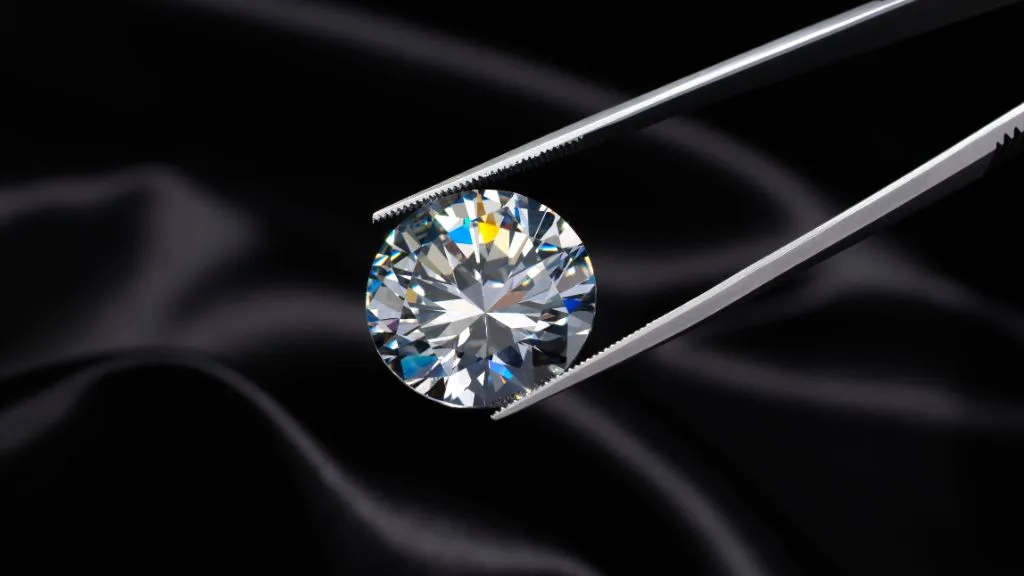
Diamonds have for some time been viewed as an image of extraordinariness, extravagance, and esteem. However, the insight that mined diamonds are rare is a misinterpretation that should be tended to. In this article, we explore why mined diamonds are not rare and how the diamond business has impacted the public’s impression of extraordinariness over the long run.
Reality with regards to Mined Diamonds
For many years, mined diamonds are not rare has been a subject of discussion inside the gems business. As a matter of fact, diamonds are not quite so scant as we’ve been persuaded to think. While they might be rare in nature, the genuine availability of mined diamonds is substantially more bountiful than the vast majority understand. The diamond business has made a deception of extraordinariness through promoting and careful control of supply to drive demand. By restricting the quantity of diamonds that arrive at the market, the business has kept up with the possibility that diamonds are rare and valuable, affecting shopper behavior and evaluating.
How the Diamond Business Makes the Deception of Extraordinariness
The notion that mined diamonds are rare is a consequence of the efforts of major diamond organizations, especially De Lagers, which has historically controlled a critical portion of the worldwide diamond supply. By controlling the stockpile of diamonds, these organizations have had the option to keep costs high and cultivate the conviction that diamonds are scant. However, actually diamond stores are tracked down in various areas all over the planet, and the stock of diamonds has been steady over the long haul. The business’ control of diamond dispersion has falsely expanded the discernment that mined diamonds are rare and in short stock.
The Overflow of Mined Diamonds
At the point when we consider the availability of mined diamonds, obviously they are not generally so rare as regularly accepted. Diamonds are found in huge amounts in nations like Russia, Botswana, Canada, and Australia. The worldwide diamond mining industry produces a great many carats of diamonds consistently. This predictable result of diamonds goes against the possibility that mined diamonds are rare. While diamonds are significant and pursued, their overflow in nature is many times neglected in favor of the advertised idea of extraordinariness.
The Effect of Showcasing on the Unique case Discernment
The possibility that mined diamonds are rare has been intensely impacted by many years of showcasing efforts intended to shape public insight. The popular “A Diamond is Forever” trademark, made by De Lagers during the 1940s, reinforced the possibility that diamonds are rare and enduring images of affection. This mission was fruitful to the point that it impacted the manner in which shoppers saw diamonds. Over the long haul, the account that mined diamonds are rare turned out to be profoundly imbued in the public cognizance. However, the showcasing strategies behind this thought don’t mirror the genuine availability of diamonds in nature.
The Job of Manufactured Diamonds in Testing Extraordinariness
Lately, the ascent of lab-grown diamonds has tested the discernment that mined diamonds are rare. Lab-grown diamonds are synthetically, genuinely, and optically indistinguishable from their mined partners, yet they can be delivered in controlled conditions, offering a more supportable and moral other option. The developing availability of lab-grown diamonds has clarified that diamonds are not so rare as recently suspected. As the market for lab-grown diamonds expands, purchasers are turning out to be more aware that mined diamonds are not rare, and they are progressively searching out more affordable and eco-accommodating choices.
The Natural and Moral Issues with Mined Diamonds
Another important thought is the ecological and moral effect of diamond mining. While mined diamonds are not rare, the most common way of extricating them from the earth can have critical unfortunate results. Conventional diamond mining is frequently connected with living space annihilation, water contamination, and denials of basic liberties, especially in locales impacted by struggle. The ascent of lab-grown diamonds offers a more moral and reasonable other option, featuring the way that diamonds can be delivered without the hurtful ecological and social results related with mining.
The Financial Factors Behind Diamond Estimating
The cost of mined diamonds isn’t exclusively determined by their unique case, but instead by a mix of factors like promoting, demand, and the expense of creation. Since the diamond business has historically controlled supply, it has had the option to keep costs high and keep up with the deception of extraordinariness. However, as more buyers go to options like lab-grown diamonds and as the market for mined diamonds turns out to be more transparent, costs might start to mirror the genuine availability of these gemstones. The excessive costs of mined diamonds are generally because of the manner in which the business has advertised them, not on the grounds that they are especially rare or elusive.
The Fate of Diamond Utilization
As purchasers become more informed about the real essence of mined diamonds, they are progressively pursuing decisions in view of factors like manageability, moral obtaining, and affordability. The developing demand for man made diamonds is an immediate test to the possibility that mined diamonds are rare. Later on, all things considered, the diamond market will move towards more dependable and moral practices, with an accentuation on making diamonds in a manner that is less harming to the climate and society. As this shift happens, the possibility of extraordinariness may as of now not be a main thrust in the diamond market.
Reevaluating the Uncommonness of Mined Diamonds
The conviction that mined diamonds are rare is established in historical showcasing efforts and industry control as opposed to the genuine shortage of the jewels. While diamonds might be rare in the geographical sense, they are not generally so scant as the diamond business would like customers to accept. The ascent of lab-grown diamonds, alongside expanded awareness of the ecological and moral issues encompassing customary mining, is provoking a reconsideration of the idea of extraordinariness in the diamond market. As purchasers go with more informed decisions, the business might have to adjust to another reality where diamonds are perceived the truth about — lovely, significant stones that are not so rare as once suspected.
Conclusion
In conclusion, the possibility that mined diamonds are rare is an idea that has been molded more by industry control and promoting than by the genuine availability of diamonds. The overflow of diamonds tracked down in nature, combined with the ascent of lab-grown diamonds, challenges that diamonds are scant. As shoppers become more taught about the diamond business, they are progressively scrutinizing the account of extraordinariness and searching out more moral and manageable other options. The fate of the diamond market will probably be molded by a shift towards transparency, manageability, and dependable obtaining, where mined diamonds are not rare however essentially one choice among many.







